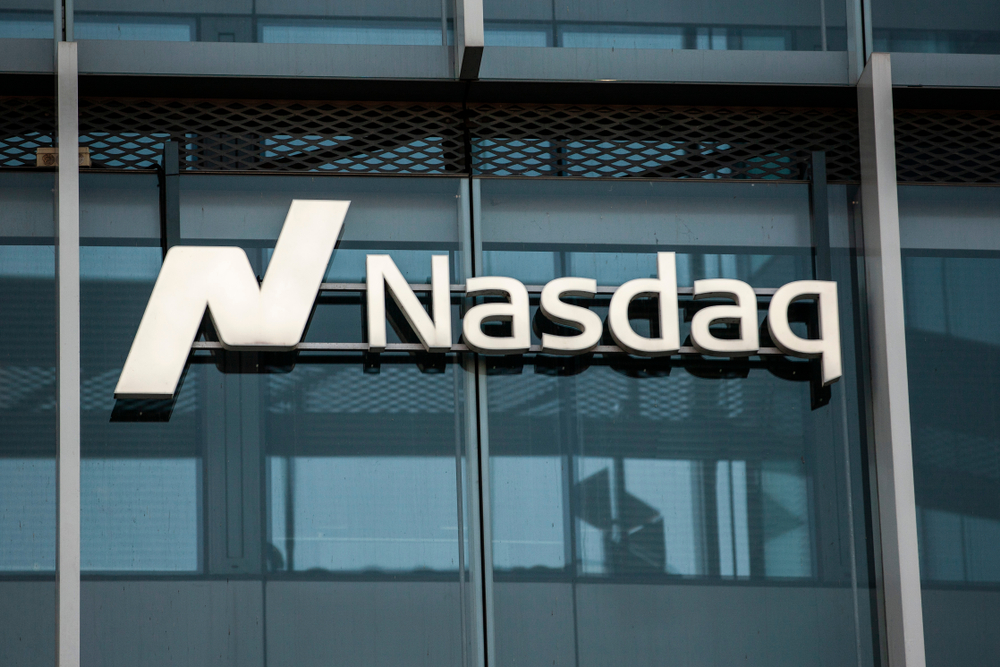Business
Nasdaq Sets A New Record, Dow Forms A ‘Golden Cross’

Since bottoming in late March, the stock market continues to set records in what seems like an almost invincible climb higher.
Nevermind that Jim Cramer said the rally is being driven by the “power of enthusiastic buyers who do not know what they’re doing” and that he can’t fathom “how stupidly bullish this market can be,” the fact is that stocks are climbing higher.
The latest evidence for a runaway stock market is that the Nasdaq Composite Index just gained 1,000 points. It happened in the shortest amount of time in the last 20 years.
1000-Point Climb
It took 114 days for the index to climb from the 9,000 level to the 10,000 level. That milestone was hit on June 10 of this year.
In just 40 days since, the Nasdaq has tacked on another 1,000 points, climbing above the 11,000 level.
That is the fastest 1000-point gain for the index since it took a blistering 38 days in 1999. Back then, it climbed from the 3,000 level to the 4,000 level.
You might recall that period, it was during the dot-com bubble. We know how that ended.
Today’s 1000-point climb is only a 10% overall gain (from 10,000 to 11,000) compared to the 33% overall gain during the ‘99 surge (from 3,000 to 4,000). However, it’s still a blistering pace that investors pay attention to.
“Although 11,000 by itself doesn’t mean much, these big round numbers are a nice reminder of just how strong this rally has been since the March lows,” said Ryan Detrick, the chief investment strategist at LPL Financial.
A ‘Golden Cross'
Not wanting to miss the fun, the Dow Jones Industrial Average just flashed its own bullish signal to investors.
The index just formed a “golden cross,” where the shorter-term 50-day moving average crosses above the long-term 200-day moving average.
Investors consider this to be a bullish signal for the index, as it shows the short term momentum is strong.
Conversely, when the 50-day moving average crosses below the 200-day it’s called a “death cross” and is a bearish indicator. The last “death cross” was on March 20. On that day, the stock market was pummeled by the economic shutdown caused by the coronavirus pandemic.
With the rally being led by technology stocks, the Nasdaq – which is more than 50% tech stocks – has gained more than 60% since the March lows. The S&P 500 is made up of about 25% tech stocks and has gained nearly 50% since March, and only 20% of the Dow is tech stocks so it’s lagged behind, gaining only 47% since March.
How reliable is the “golden cross” for stocks to move higher? According to Dow Jones Market Data, the last time a “golden cross” failed was in January 2016. That was also the last time the market slipped lower.
Up Next:















